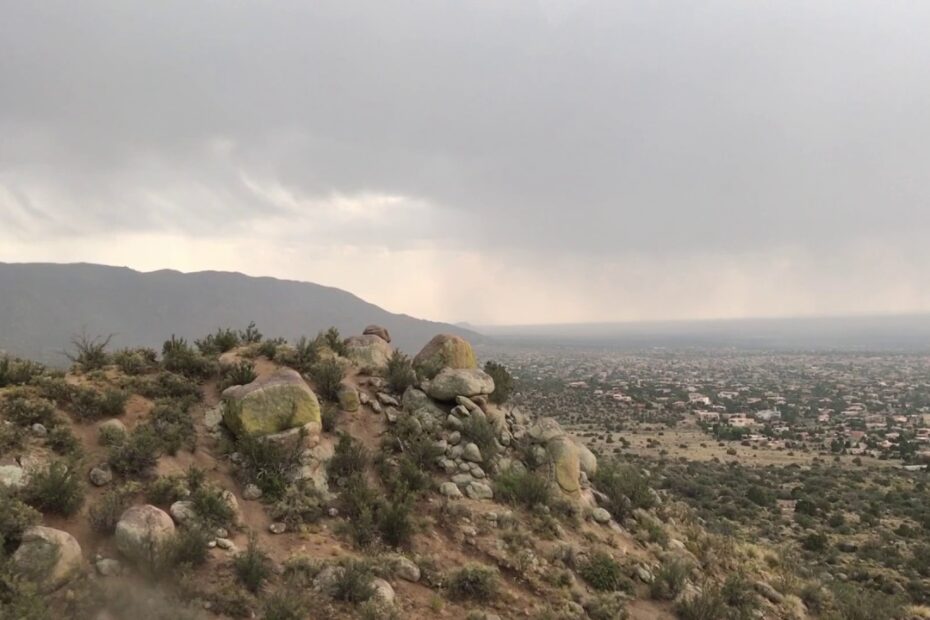Adventure
Exploring the Majestic Warplane Eagles Museum – Discovering New Mexico’s Aviation Legacy
❤️ Join this channel to get access to the perks:
https://www.youtube.com/channel/UC4SdJPSdwoFhwWkmWZB9wtg/join
❤️ If you find our content helpful, become a channel member to get access to our members-only group, monthly live streams, and more freebies – / @Exploretraveler
▶️ Our YouTube Malaysia Playlist: https://www.youtube.com/channel/UC4SdJPSdwoFhwWkmWZB9wtg
? Signup for our Newsletter Email here:
https://mailchi.mp/544d66e78709/subscribe-to-exploretraveler
? Visit Our Store for gear and travel eBooks: https://www.exploretraveler.shop/
Visit Our Store for free travel eBooks: https://859df3.myshopify.com/
☕ Support Us By Buying Us A Coffee! https://www.buymeacoffee.com/exploretraveler
? Support us with PayPal donations: https://www.paypal.com/paypalme/johngentry1?country.x=US&locale.x=en_US
? View our articles at https://ExploreTraveler.com
Welcome to our video “Exploring the Majestic Warplane Eagles Museum – Discovering New Mexico’s Aviation Legacy”! Join us on this exciting journey as we step into the captivating world of aviation history at the Warplane Eagles Museum in New Mexico.
Immerse yourself in the remarkable collection of warplanes, showcasing the rich legacy of New Mexico’s aviation heritage. From iconic aircraft to awe-inspiring exhibits, this museum offers a unique insight into the evolution of military aviation.
Get ready to witness the meticulously preserved warplanes that once roared through the skies, evoking a sense of nostalgia and reverence. Accompanied by knowledgeable guides, we delve into the stories behind these historic machines, revealing the brave pilots and groundbreaking missions that shaped our past.
Throughout this captivating exploration, we’ll highlight key aircraft such as [mention specific notable warplanes], and provide intriguing anecdotes about their significance in aviation history. The museum’s attention to detail and commitment to preserving these treasures will leave you in awe.
But our journey doesn’t end there; we’ll also discover a wealth of captivating exhibits that delve into the intricacies of aircraft mechanics, wartime communications, and the indomitable spirit of those involved in aviation. Uncover hidden gems within the museum which shed light on the ingenuity and dedication of the engineers, designers, and mechanics who made these warplanes airborne.
From the captivating displays to the wealth of knowledge at our fingertips, this video takes you on an informative and thrilling tour of the Warplane Eagles Museum in New Mexico. Whether you’re an aviation enthusiast, a history buff, or simply curious about the captivating world of warplanes, this museum is sure to leave an indelible mark.
Join us now on this exhilarating adventure as we explore the majestic Warplane Eagles Museum and discover the captivating secrets of New Mexico’s aviation legacy. Don’t forget to like, subscribe, and share this mesmerizing journey with fellow aviation enthusiasts!
#WarplaneEaglesMuseum #NewMexicoAviation #ExploringMajesticWarplanes #AviationLegacy #DiscoveringNewMexico #WarplaneHistory #MuseumTour #VintageWarplanes #AirForceMuseum #MilitaryAircraft #AirplaneCollection #AviationHeritage #AirplaneEnthusiast #HistoricalAviation #AviationExhibition #WarplaneArtifacts #PilotLife #FlightHistory #AviationMuseum #AirForceHeritage
Taking off to get photographs for ExploreTraveler
Signup for our Newsletter Email here:
https://mailchi.mp/544d66e78709/subscribe-to-exploretraveler
High mountain photography tour into Juneau.
https://ExploreTraveler.com
https://exploretraveler.com/alaska-marine-highway/
-~-~~-~~~-~~-~-
Please watch: “(34) Sycamore Tree In Ancient Israel – ExploreTraveler ”
https://www.youtube.com/watch?v=bZuL3xcnBr0
-~-~~-~~~-~~-~-
Roswell New Mexico Crash Site Area – ExploreTraveler
Signup for our Newsletter Email here:
https://mailchi.mp/544d66e78709/subscribe-to-exploretraveler
Welcome To Roswell Where History Lives On
Before Roswell was a thought, from 1866 to 1869, the area was nothing more than reservations and cattlemen bringing their cattle up what would later become known as the Chisum Trail. As is often the case, the Goodnight-Loving camping site soon had a trading post, and gambling halls quickly followed. A wealthy gambler, Mr. Van Smith, then bought these buildings and preceded to give the area a name. Named after his father, Roswell was born and a post office was established in the year of 1873.
By 1875, one of the original cattlemen, John Chisum, bought land just outside Roswell and developed South Springs Ranch. This ranch flourished and grew, becoming the largest cattle ranch in the United States at that time. Capt. Fast forward a couple of years and Joseph Lea, another wealthy rancher in the area, began buying up most of the buildings in Roswell. By 1877 he owned most of the town and began to seriously develop the emerging community. You can ask anyone in Roswell, Lea has become known as “the father of Roswell.”
Our article on the Roswell UFO crash site and area. https://exploretraveler.com/happened-roswell-new-mexico/
-~-~~-~~~-~~-~-
Please watch: “(34) Sycamore Tree In Ancient Israel – ExploreTraveler ”
https://www.youtube.com/watch?v=bZuL3xcnBr0
-~-~~-~~~-~~-~-
#roswellufo #roswellufocrash #roswellnm #roswellufocrashsite
UFO’s Have Landed – Roswell New Mexico Museum
Signup for our Newsletter Email here:
https://mailchi.mp/544d66e78709/subscribe-to-exploretraveler
The display within the Roswell New Mexico Museum.
https://exploretraveler.com
-~-~~-~~~-~~-~-
Please watch: “(34) Sycamore Tree In Ancient Israel – ExploreTraveler ”
https://www.youtube.com/watch?v=bZuL3xcnBr0
-~-~~-~~~-~~-~-









